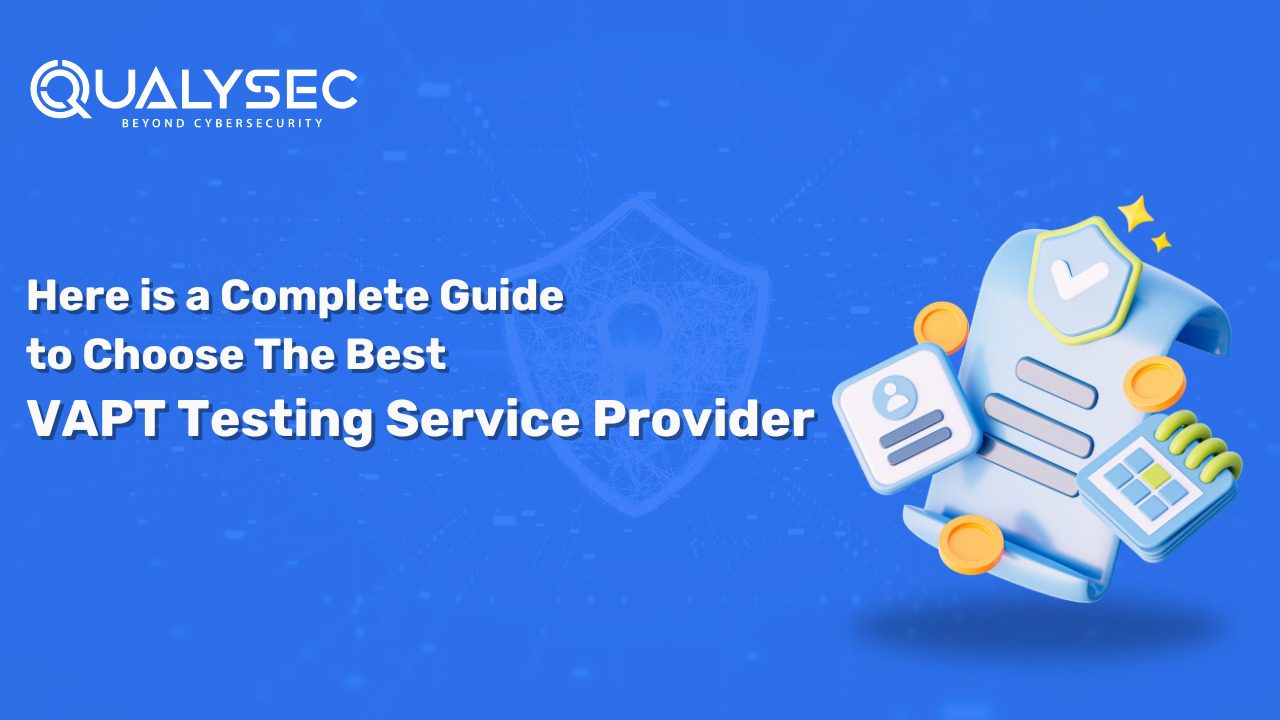What is Web Application Penetration Testing and How Does it Work?
Table of Contents Web applications are an integral part of digital businesses. If you want to grow and keep your business successful, you need to keep your web apps safe from malicious actors or hackers. Web application penetration testing ensures that you know about the weaknesses before cybercriminals take advantage of them. This builds trust
Read More












